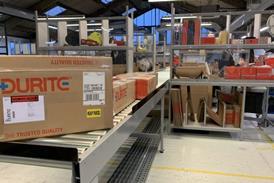
A report from November 2023 found that 463 haulage firms had gone bankrupt in the previous 12 months, and just over 6 months on, anecdotal evidence suggests the trend remains. Factors such as high debt servicing costs, fuel prices, wage growth, and consumer demands for technology and sustainability investments are contributing to rising operating costs. Additionally, intense competition, Brexit border controls, and reduced consumer spending have led to decreased productivity, trading volumes, and revenues for haulage firms.
This challenging environment has left many haulage companies struggling to repair their balance sheets from legacy debt accumulated both pre and during the pandemic, with some nearing a tipping point that could have significant implications for directors, shareholders, and funders.
Hire purchase agreements are the bedrock of the industry when it comes to financing fleet renewals. The Bank of England’s monetary tightening cycle has had a significant impact of this area, and hire purchase agreements have become more expensive. Although inflation has decreased to the BoE target, the first rate cuts can’t come soon enough, and even then any relief from monetary policy may take several years to be felt by businesses in the haulage sector.
For those using invoice discounting, the benefits of using such facility in a growth scenario (cash received as invoices are raised) are inversely felt when trading volumes slow. The funding tap is turned off when people need it the most. When this is allied to other market pressures, such as the inability to pass on inflationary pressures to customers and rising operating costs, the impact is eroding profits and creditworthiness for these firms. The cycle then kicks in with requests for higher advance rates on invoices, against the funders’ risk models, as companies struggle to maintain cash flow in a shrinking market.
What measures can be taken?
Haulage firms need to take proactive measures to mitigate these risks. Firms have a wealth of data at their fingertips so utilising this is key.
Whilst it’s obvious to state, the first step is always to understand your current position, timely and regular mapping out (management accounts) of profit and loss, balance sheets and cashflows will help build up a picture of the trends being seen. This can then move on to production of forecasted statements, ensuring that these are robustly prepared and “stress-tested” is key.
With this solid understanding of trading, it may be possible to renegotiate funding rates by bringing your funders on that journey with you using this data to support decisions.
Outside that, don’t be afraid to step back and take a more granular view of trade. Are you too reliant on certain customers? Are you achieving the right margin on each job when all factors are brought in?
Are quotes being followed up for feedback to understand why they were unsuccessful?
In conclusion, the haulage sector is facing significant challenges that require proactive financial management and collaboration between funders and companies. The key to all of this is early intervention and open discussions with your advisors/lenders to work together and explore all possible avenues to mitigate risks and ensure long-term stability.
Andrew Galliers, partner, Menzies LLP



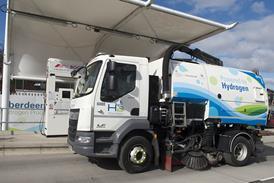


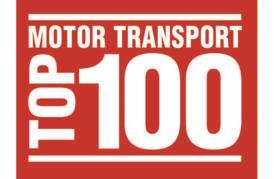
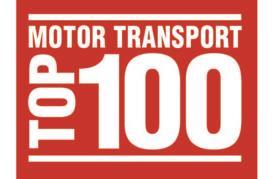
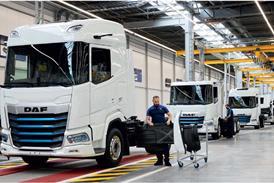
![Mercedes-Benz_eActros_600_(1)[1]](jpg/17820_mercedesbenz_eactros_600_11_978080.jpg)

